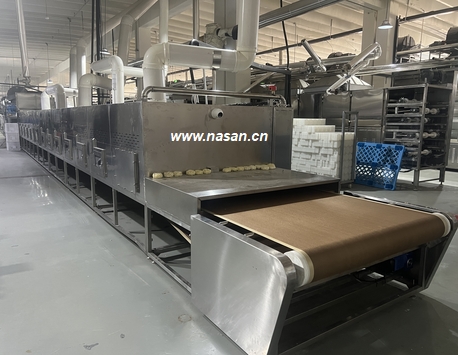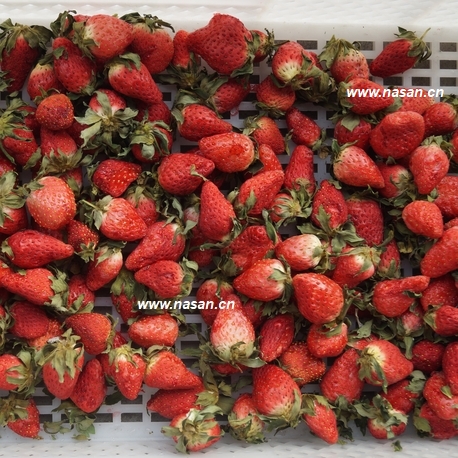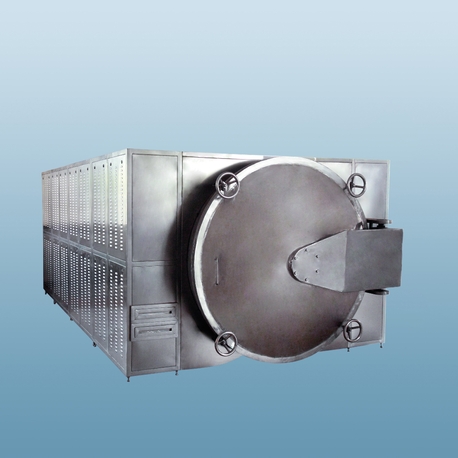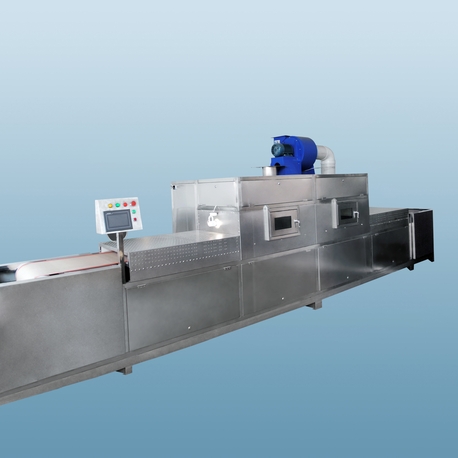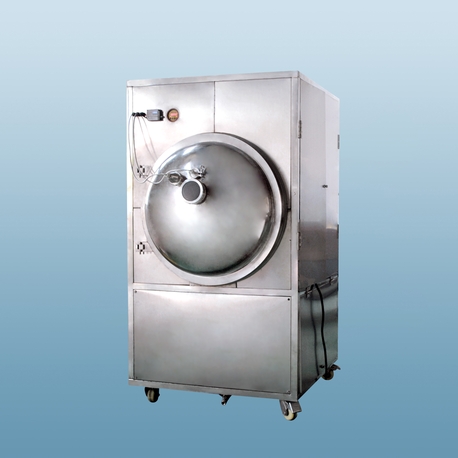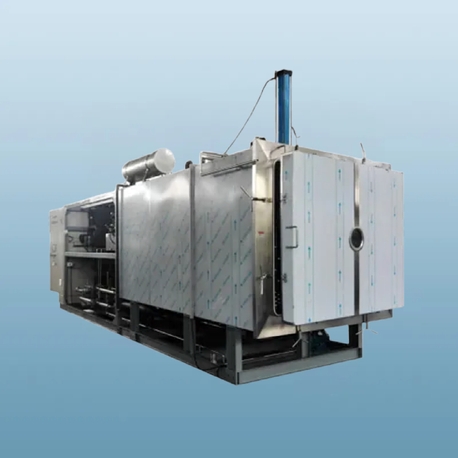In today's health-conscious world, preserving the nutritional value of fresh produce has become a priority for many households and businesses. A fruit and vegetable dehydrator is an invaluable tool that allows you to extend the shelf life of your favorite foods while retaining their essential vitamins and minerals. Whether you're a home cook looking to create healthy snacks or a commercial operator seeking efficient preservation methods, understanding the ins and outs of these machines is crucial. This article delves into the various types of fruit and vegetable dehydrator machines, their benefits, how to choose the right one, and common issues users face. We'll explore everything from basic fruit and vegetable dehydrators to advanced commercial fruit and vegetable dehydrator machine options, ensuring you have a comprehensive guide to make an informed decision.
Dehydration is one of the oldest food preservation techniques, but modern technology has revolutionized it with efficient appliances like the fruit and vegetable dryer dehydrator. These devices remove moisture from produce, inhibiting the growth of bacteria, yeast, and mold. The result is lightweight, nutrient-dense food that's perfect for snacking, cooking, or storage. With keywords such as vegetable dehydration machine and food dehydrator often popping up in searches, it's clear that consumers are eager to learn more. This article aims to cover all aspects, including the best fruit and vegetable dehydrator models, while addressing frequently asked questions to help you avoid pitfalls. Let's dive in and uncover how a fruit and vegetable dehydrator machine can transform your kitchen or business.
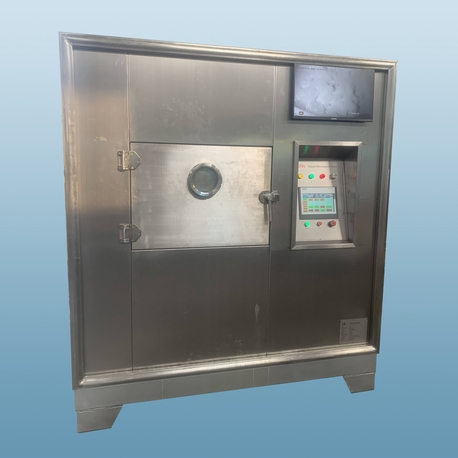
What is a Fruit and Vegetable Dehydrator?
A fruit and vegetable dehydrator is an appliance designed to remove moisture from produce through controlled heat and airflow. This process, known as dehydration, preserves food by reducing its water content to a level where microorganisms cannot thrive. Basic fruit and vegetable dehydrators consist of trays where sliced food is placed, a heating element, and a fan to circulate air. More advanced models, like a fruit and vegetable dryer dehydrator machine, may include features such as adjustable temperature settings, timers, and multiple trays for larger batches. The core principle remains the same: by slowly drying food at low temperatures (typically between 95°F and 165°F), these machines maintain the food's nutritional integrity while enhancing its flavor through concentration.
The concept of dehydration isn't new; it dates back centuries when people used the sun or air drying methods. However, modern fruit and vegetable dehydrator machines offer consistency and speed that traditional methods lack. For instance, a vegetable dehydration machine can dry foods uniformly, preventing spoilage that might occur with uneven drying. Home models are compact and user-friendly, ideal for making snacks like apple chips or kale chips. On the other hand, a commercial fruit and vegetable dehydrator machine is built for high volume, often used in food processing industries to produce dried fruits, vegetables, and even herbs on a large scale. Understanding the basic functionality of these appliances is the first step in appreciating their versatility.
When considering a food dehydrator, it's important to note that not all models are created equal. Some are specifically designed for fruits and vegetables, while others might handle meats or grains. The term dehydrator fruit often refers to units optimized for sugary fruits that require precise temperature control to prevent caramelization. Similarly, a vegetable dehydration machine might emphasize even airflow to handle denser items like carrots or potatoes. In summary, a fruit and vegetable dehydrator is a versatile tool that bridges the gap between traditional preservation and modern convenience, making it a staple in many kitchens.
Benefits of Using a Fruit and Vegetable Dehydrator Machine
Investing in a fruit and vegetable dehydrator machine offers numerous advantages, from health benefits to economic savings. One of the primary benefits is the preservation of nutrients. Unlike canning or freezing, which can lead to nutrient loss, dehydration retains most vitamins and minerals. For example, vitamins A and C, which are heat-sensitive, are better preserved in a fruit and vegetable dryer dehydrator that operates at low temperatures. This makes dried snacks a healthy alternative to processed foods, aligning with trends toward whole-food diets.
Another key benefit is the reduction of food waste. With a fruit and vegetable dehydrator, you can preserve excess produce from your garden or bulk purchases, extending its shelf life for months. This is not only economical but also environmentally friendly. Households using fruit and vegetable dehydrators report significant savings on grocery bills, as dried foods are lightweight and compact, reducing storage space. For commercial operations, a commercial fruit and vegetable dehydrator machine enables businesses to process seasonal produce year-round, supporting local agriculture and reducing reliance on imported goods.
Convenience is a major selling point for these appliances. A food dehydrator allows you to create custom snacks without additives or preservatives. Imagine making your own banana chips or tomato powder for recipes—all with control over ingredients. Moreover, dehydrated foods are portable, making them ideal for hiking, camping, or lunchboxes. The best fruit and vegetable dehydrator models often include features like automatic shut-off and easy cleaning, enhancing user experience. From a culinary perspective, dehydration intensifies flavors, allowing chefs to experiment with concentrated tastes in dishes. Overall, the benefits of a fruit and vegetable dehydrator machine extend beyond preservation to encompass health, economy, and creativity.
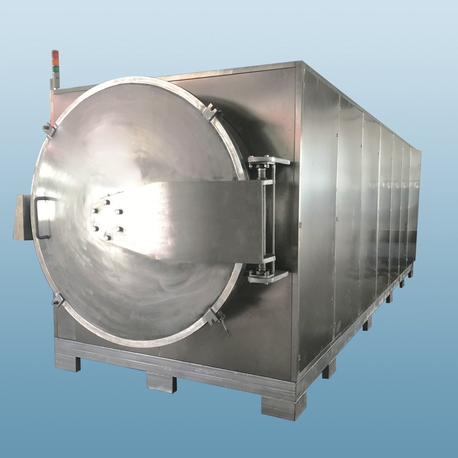
Types of Fruit and Vegetable Dehydrators: From Basic to Commercial
When shopping for a fruit and vegetable dehydrator, you'll encounter several types, each catering to different needs. The most common categories include stackable tray dehydrators, box dehydrators, and commercial-grade machines. Understanding these variations helps in selecting the right model, whether you're a beginner or a professional.
Stackable tray dehydrators are entry-level fruit and vegetable dehydrators consisting of multiple trays that stack on top of a base containing the heating element and fan. These are affordable and expandable, allowing you to add trays for larger batches. However, they may have uneven drying if not rotated regularly. Models like the Nesco Snackmaster are popular examples, often marketed as a fruit and vegetable dryer dehydrator for home use. They are ideal for small families or occasional users.
Box dehydrators, on the other hand, are cube-shaped units with front-loading trays. These fruit and vegetable dehydrator machines provide more consistent airflow because the fan is typically located at the back, distributing heat evenly. Brands like Excalibur offer box dehydrators with features like horizontal airflow, which is better for drying different foods simultaneously. This type is suited for serious home users who value efficiency and uniformity. It's a step up from basic fruit and vegetable dehydrators and is often considered among the best fruit and vegetable dehydrator options for its reliability.
For large-scale operations, a commercial fruit and vegetable dehydrator machine is essential. These are heavy-duty units designed for continuous use, with capacities ranging from dozens to hundreds of trays. They often include advanced controls for temperature and humidity, ensuring compliance with food safety standards. A commercial fruit and vegetable dehydrator machine might be used in farms, restaurants, or food manufacturing plants to produce bulk dried goods. Keywords like vegetable dehydration machine are often associated with these industrial models, highlighting their specialized function.
Additionally, there are hybrid models that combine dehydration with other functions, such as a food dehydrator that also jerks meat. When choosing, consider factors like capacity, energy efficiency, and noise level. For instance, a dehydrator fruit unit might emphasize gentle drying for delicate items, while a vegetable dehydration machine could focus on power for root vegetables. By understanding the types, you can find a fruit and vegetable dehydrator machine that matches your lifestyle or business needs.
How to Choose the Best Fruit and Vegetable Dehydrator for Your Needs
Selecting the best fruit and vegetable dehydrator can be overwhelming with so many options available. However, by focusing on key factors, you can make a decision that suits your requirements. Start by assessing your usage frequency and volume. If you're dehydrating small batches occasionally, a basic fruit and vegetable dehydrator with 4-5 trays might suffice. For regular use or larger families, a fruit and vegetable dehydrator machine with 8-10 trays and adjustable settings is better. Commercial users should opt for a commercial fruit and vegetable dehydrator machine with high capacity and durability.
Temperature control is critical. The best fruit and vegetable dehydrator models offer a wide temperature range (e.g., 95°F to 165°F) to handle different foods. Fruits like apples dry well at lower temperatures, while vegetables might need higher heat. Look for a fruit and vegetable dryer dehydrator with precise thermostat controls to avoid over-drying or under-drying. Some units even have preset programs for specific foods, simplifying the process.
Airflow design is another important consideration. Horizontal airflow, found in box-style fruit and vegetable dehydrators, is generally more efficient than vertical airflow in stackable models. It ensures even drying without the need to rotate trays. If you choose a stackable fruit and vegetable dehydrator machine, check if it has a rear-mounted fan for better distribution. This is especially relevant for a vegetable dehydration machine dealing with dense items.
Additional features to look for include timer functions, automatic shut-off, and ease of cleaning. A timer allows you to set drying times, which is convenient for overnight use. Non-stick trays and dishwasher-safe parts make maintenance hassle-free. Noise level might matter if you're using the dehydrator in a living space; quieter models are available. Also, consider energy efficiency—modern food dehydrator units are designed to consume less power. Reading reviews and comparing brands can help identify the best fruit and vegetable dehydrator for your budget. Remember, investing in a quality fruit and vegetable dryer dehydrator machine pays off in the long run through reliable performance and better results.
Common Problems with Fruit and Vegetable Dryer Dehydrator Machines
Despite their benefits, fruit and vegetable dehydrator users often encounter issues that can affect performance. Understanding these common problems helps in troubleshooting and maintaining your appliance. One frequent issue is uneven drying, where some trays dry faster than others. This is common in stackable fruit and vegetable dehydrators with vertical airflow. To mitigate this, rotate the trays periodically during the drying process. If you have a fruit and vegetable dehydrator machine with horizontal airflow, this problem is less likely, but overloading trays can still cause inconsistencies.
Another problem is over-drying or under-drying, which results from incorrect temperature settings. For example, a fruit and vegetable dryer dehydrator set too high might scorch delicate fruits, while a low setting could leave vegetables too moist, leading to spoilage. Always refer to drying charts for specific foods and use a thermometer to verify the temperature. Some commercial fruit and vegetable dehydrator machine models come with digital controls to minimize such errors, but home users should monitor the process closely.
Moisture buildup and mold growth are serious concerns, especially if the dehydrator isn't cleaned properly. Residual moisture in a vegetable dehydration machine can harbor bacteria, so ensure the unit is completely dry before storage. Regular cleaning of trays and interior parts is essential. Additionally, improper preparation of food—like cutting pieces too thick—can cause internal moisture to remain. Slice produce uniformly for best results.
Noise and energy consumption are also noted issues. Older fruit and vegetable dehydrators might have loud fans, disturbing household peace. Newer models are quieter, but it's worth checking decibel levels before buying. Energy efficiency varies; a food dehydrator running for long hours can increase electricity bills. Look for Energy Star ratings or user reviews commenting on power usage.
Lastly, durability problems may arise with cheaply made units. The best fruit and vegetable dehydrator brands offer warranties and robust construction. Common complaints include broken trays or faulty heating elements. To avoid this, invest in a reputable model and follow the manufacturer's instructions. By being aware of these issues, you can maximize the lifespan of your fruit and vegetable dehydrator machine and enjoy consistent results.
FAQs About Vegetable Dehydration Machine and Food Dehydrators
When exploring the world of dehydration, many questions arise. Here, we address some frequently asked questions about vegetable dehydration machine and food dehydrator appliances to clarify doubts.
How long does it take to dehydrate fruits and vegetables?
Drying times vary based on the type of food, thickness of slices, and the model of fruit and vegetable dehydrator. For instance, apples might take 6-12 hours, while tomatoes could require 10-15 hours. A fruit and vegetable dehydrator machine with adjustable temperature can speed up the process, but rushing it may compromise quality. Always follow guidelines for specific foods.
Can I dehydrate different foods at the same time?
Yes, but with caution. Using a fruit and vegetable dryer dehydrator with multiple trays allows simultaneous drying, but strong-smelling foods like onions might transfer odors. It's best to group similar items. Commercial units like a commercial fruit and vegetable dehydrator machine have better segregation features.
What maintenance is required for a food dehydrator?
Regular cleaning is key. After each use, wash trays with warm soapy water and wipe the interior. Ensure the fruit and vegetable dehydrator is unplugged and completely dry before storage. Check the fan and heating element periodically for debris.
Is a vegetable dehydration machine energy-efficient?
Modern fruit and vegetable dehydrators are designed to be efficient, but consumption depends on usage. On average, they use between 300-1000 watts. Compared to oven drying, a dedicated food dehydrator is more economical due to lower temperatures and better insulation.
How do I store dehydrated foods?
Store dried fruits and vegetables in airtight containers in a cool, dark place. Using oxygen absorbers or vacuum sealing can extend shelf life. A fruit and vegetable dehydrator produces food that lasts months if stored properly.
What are the signs of a bad dehydrator?
If your fruit and vegetable dehydrator machine has inconsistent temperatures, unusual noises, or fails to dry food even after extended periods, it might be malfunctioning. Consult the manual or contact customer service for repairs.
These FAQs cover basics, but always refer to your specific model's instructions for optimal use of your best fruit and vegetable dehydrator.
A fruit and vegetable dehydrator is more than just a kitchen appliance; it's a gateway to healthier living and sustainable practices. From simple fruit and vegetable dehydrators for home use to advanced commercial fruit and vegetable dehydrator machine models, these tools offer versatility in food preservation. By understanding the types, benefits, and common issues, you can choose the best fruit and vegetable dehydrator for your needs. Whether you're drying fruits for snacks or vegetables for soups, a fruit and vegetable dehydrator machine ensures you enjoy nature's bounty year-round. Remember to consider factors like airflow, temperature control, and capacity when making your selection. With proper care, your food dehydrator will serve you well, reducing waste and enhancing your diet. Embrace the art of dehydration and discover how a vegetable dehydration machine can transform your approach to food.


